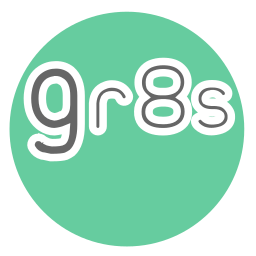Gr8s Server
gr8s - the graceful smart frontend server

gr8s (pronounced like grace (/ɡreɪs/)) is a specialized server for modern web frontends (e.g. apps made with React, Vue, and similar frameworks). Thanks to its smart features, it reduces your app's development time and hosting costs by a big factor.
Quick Links: 🚀 starter template with React | 📈 companion SEO analyzer S³ Studio | 🗄️ Managed Hosting | 🐬 Docker Image | 💡 suggest a feature
Key features:
- Implement SEO in SPA without the pain of SSR
- Simplified development workflow & easy integration
- Better control over SEO content
- Faster server load time for your app
- Much smaller carbon footprint of your infrastructure
Table of Contents
How to integrate gr8s in your workflow?
A detailed guide to use gr8s and the accompanying SEO analysis program S³ is available in docs.
Frequently Asked Questions
An up-to-date version is maintained on gr8s landing page.
Support Options
Beside the free version offered here, gr8s has the potential to offer additional benefits for your app. If you wish to:
- have a snappy user experience (e.g. shorter time to largest contentful paints, smaller blocking time, minimal layout reflows).
- have your app working without Javascript (i.e. implement progressive enhancement).
Get in touch to find out how we can help you.
gr8s is a product of Codoma.tech.